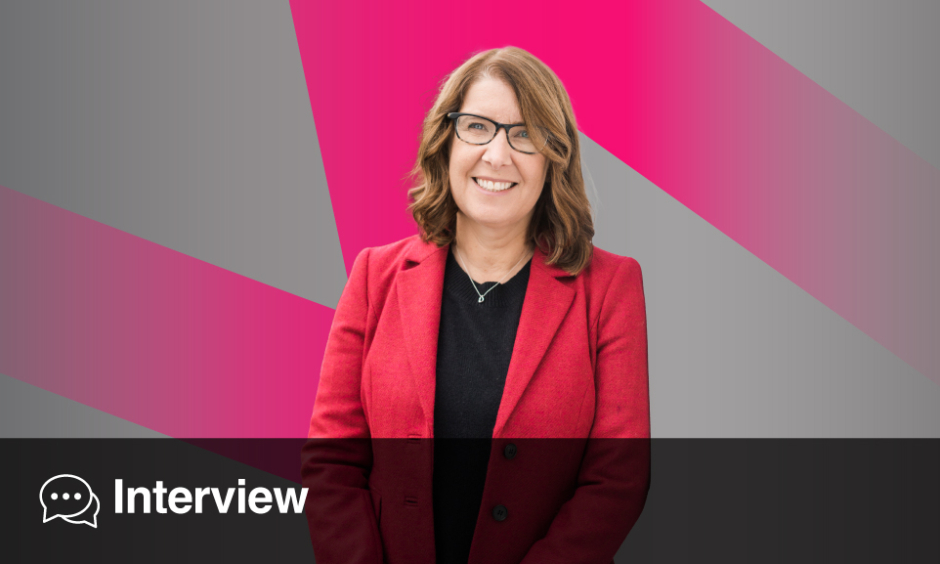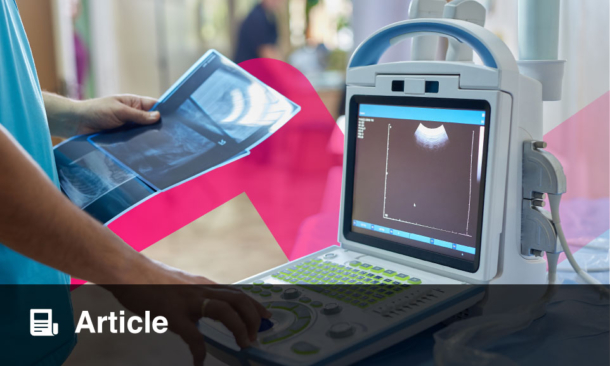Lis Neubeck | Professor of Nursing and Head of Cardiovascular Health, School of Health and Social Care, Edinburgh Napier University, UK
Citation: EMJ Cardiol. 2024;12[1]:54-56. https://doi.org/10.33590/emjcardiol/EEMZ9521.
![]()
Can you share how your career evolved from starting as a cardiac nurse to becoming the Past President of the Association of Cardiovascular Nurses and Allied Professionals (ACNAP) of the European Society of Cardiology (ESC)?
I think it’s a long journey, but being a volunteer for the ESC has been an incredibly important part of my career development, and I’m very grateful for the opportunities that working within the ESC has given me. I started as part of the programme committee for the annual Congress that ACNAP runs and then moved on to becoming the secretary-treasurer, and then the journey of 6 years of being President, Elect President, and now past President. But I continue in my role as ESC Patient Forum Lead. I will continue to be engaged with the ESC, and I recommend it to all of my nursing colleagues to be part of this really important organisation. It’s a great opportunity to connect with your networks across Europe and to make lifelong friends.
Your research delves into innovative approaches for secondary prevention of cardiovascular disease. Could you share some of the most promising advancements in this area and their potential impact on patient care?
I’ve been interested in alternative models to secondary prevention for a very long time. I’m very aware that not everybody gets access to cardiac rehabilitation, so I’ve been looking at digital models. My PhD was about increasing access to cardiac rehab, and we’ve been talking about the role of technology in supporting patients for a long time, but really it took off during the COVID-19 pandemic. We saw a change in the way people approached this. Rather than being a little bit of a fringe offering, it became a mainstream offer to offer people alternatives in digital health. I think now we’ve reached a time where we also need to consider the implications of AI large language models. How can we predict and appropriately use the technology for the right person at the right time? I’m really excited to see how that evolves over the coming years.
The Congress spotlight this year was personalised care, so I imagine you’ve seen a lot of that in the sessions you’ve attended.
I have, yes, and because I’m ESC Patient Form Lead, I’ve been engaged with the patients throughout the entire Congress. We have them involved in around 24 sessions. They’ve been a part of all of the new guidelines that have been released, and we’re very focused and very keen to ensure that there’s a golden thread of that patient voice woven throughout the whole of the ESC so that we can ensure that we prepare information, guidelines, and scientific documents that focus on patient centred care with this idea of tailoring it to the individual and recognising the individual needs within cardiovascular care.
As the ESC Patient Forum Lead, what are the primary goals of this initiative, and how can the ESC leverage the Patient Forum to drive healthcare policy changes at both national and EU levels?
Yes, absolutely. I mentioned the patient’s voice as the golden thread earlier. In that respect, we’re inward facing into the ESC, trying to make sure that this idea of patient-centredness underpins everything we do. The ESC has made it its strategic goal to focus on person-centred care, looking at how patients can be engaged in a range of activities. But I think we’ve also been involved in advocacy activities. We recently attended an advocacy meeting where patients presented their stories, and sometimes that story, that key message, reaches out more to the hearts of politicians than all the statistics and facts we can bring. So, I think having the patients involved is absolutely critical in raising awareness about the elements of cardiovascular disease that we still need to tackle.
Do you think the awareness of cardiovascular disease has increased over the past few years, since COVID-19?
I’d love to say yes. I’m particularly interested in women’s health, and I know that women do not think cardiovascular disease is likely going to cause them long-term problems. So, if you ask women what they fear, they fear breast cancer, but actually, they have a much lower chance of developing breast cancer than cardiovascular disease. For me, I think there’s still some communication work to be done about the risk of cardiovascular disease, and I hope that we will be able to do that through the patient forum, the ESC, and our advocacy work.
What emerging trends in cardiac nursing are you currently most excited about?
I think I have to say digital health because I think that’s a key component, but I think we need to recognise more about the interdisciplinary team working together. We shouldn’t work in silos, not just within cardiovascular care. We should be working across the spectrum of conditions that affect patients. Most patients are multimorbid, so we need to work together. We need to break down some of those barriers, and we need to provide training and education on how to incorporate digital tools, including AI, into our nursing development programmes. For me, I think that is really a key challenge for us as educators because some of us have not had the education in this space.
We’ve learnt on the job, but we potentially could also do with upskilling. Certainly, there are many people who are frightened of the way technology might potentially replace them, but I don’t see that happening. I think there’s more than enough work to go around and share. We have developed a core curriculum for cardiovascular nurses and allied professionals, which is an introductory level curriculum that aims to bring everybody across Europe up to a standard, but we would like to develop advanced curricula, and I see the role of nurses and allied professionals really evolving, and us having more opportunity to lead and develop these changes.
What are your future aspirations, both in your research and in your roles within professional organisations like the ESC and ACNAP?
I guess within ACNAP, I will continue to work on next year’s programme. I’m leading other projects for ACNAP, including a handbook on cardiovascular nursing and allied professionals, which will complement the curriculum. We’re developing certification programmes and exams. I think there are a lot of opportunities for me, ongoing within ACNAP, and for people who are coming along behind me, or leading the way in new and different pathways. I also think there is more opportunity to bring that patient voice. I think ACNAP probably has a very strong opportunity to raise awareness of the patient’s voice. We will be appointing a patient to our board for the first time within the ACNAP. So ACNAP will be having a patient voice, and I would like to see that replicated in other associations.
We need to grow the patient forum because the busier we become, the more opportunities there are for us to do more, and the more the ESC becomes aware of the value of that voice, the more demand there is for us to be engaged in everything. So, I think there are a lot of opportunities. There are always challenges, but I’m excited about those because I think it gives us a chance to try to make a change. And because I’ve now been engaged with the ESC for probably about 16 or 17 years, I’ve seen a huge change over time, and I hope that change will continue, and I’ll be able to look back, maybe in 10 or 15 years, when I’m thinking about retiring, to say we can see a difference.
What are some of the most anticipated sessions or highlights featured in this year’s Congress?
I’m very excited about the new guidelines presented at Congress, which are always incredibly important and exciting. I’m also really pleased to see the emphasis on patient-centredness coming out in the guidelines; that is always a highlight. I do think our digital offering is becoming greater and greater, and I will be participating in a session on chatbots and how we could use them more effectively. I think the opportunities are endless here, and I hope we can move in a way that is commensurate with the speed at which technology is advancing because that’s always a challenge in research. So is the question: how do we evaluate something? By the time we get the funding and we go ahead and try to develop it, it’s already outmoded, so we need to think in a more agile way about how we evaluate technology.
I think some of these things are just unbelievably exciting. Large language models, AI–the potential is absolutely enormous, and I’m really excited to see many of the presentations that will be available online for people to watch back. I think it’s a wonderful Congress for those opportunities.








